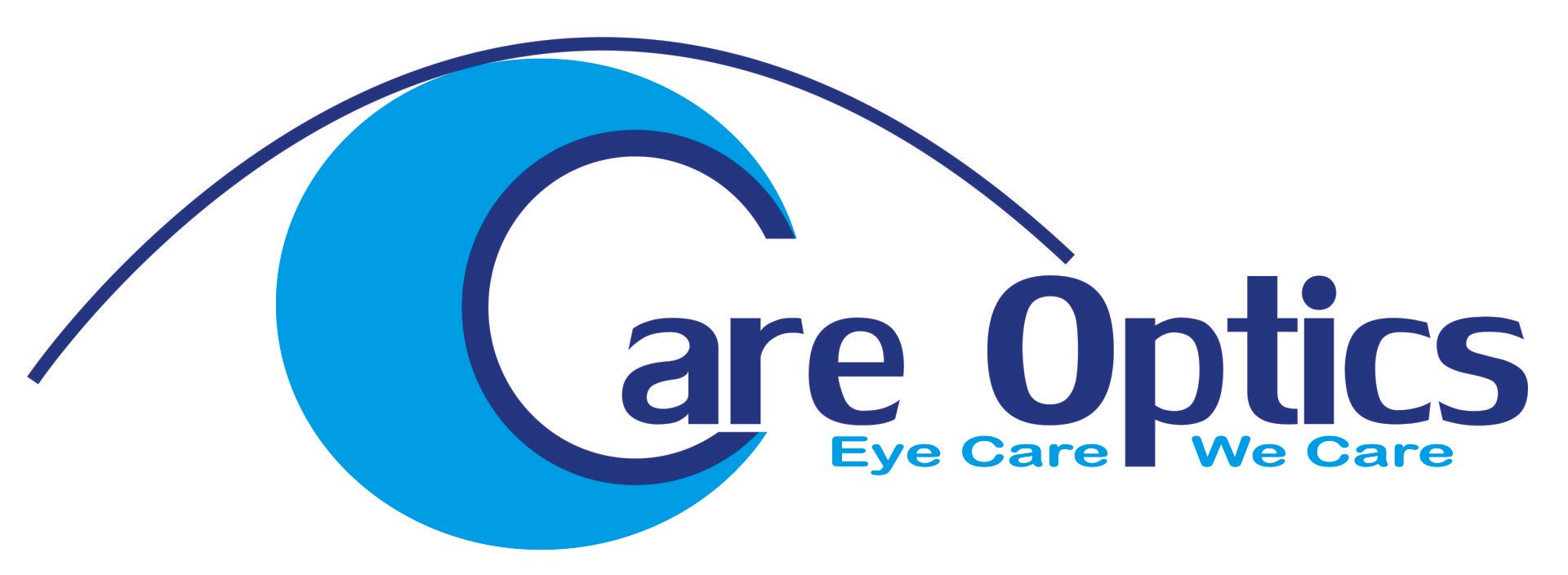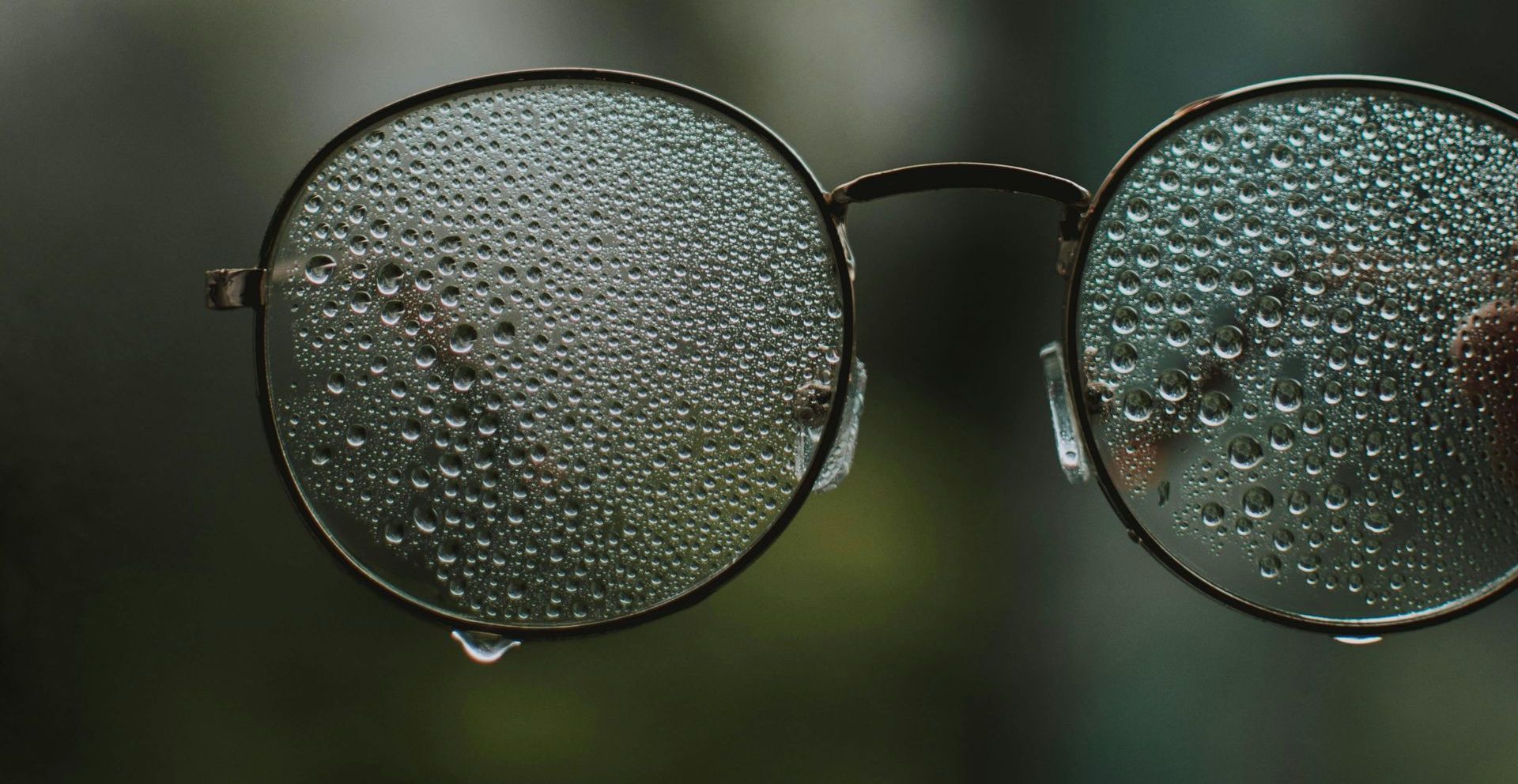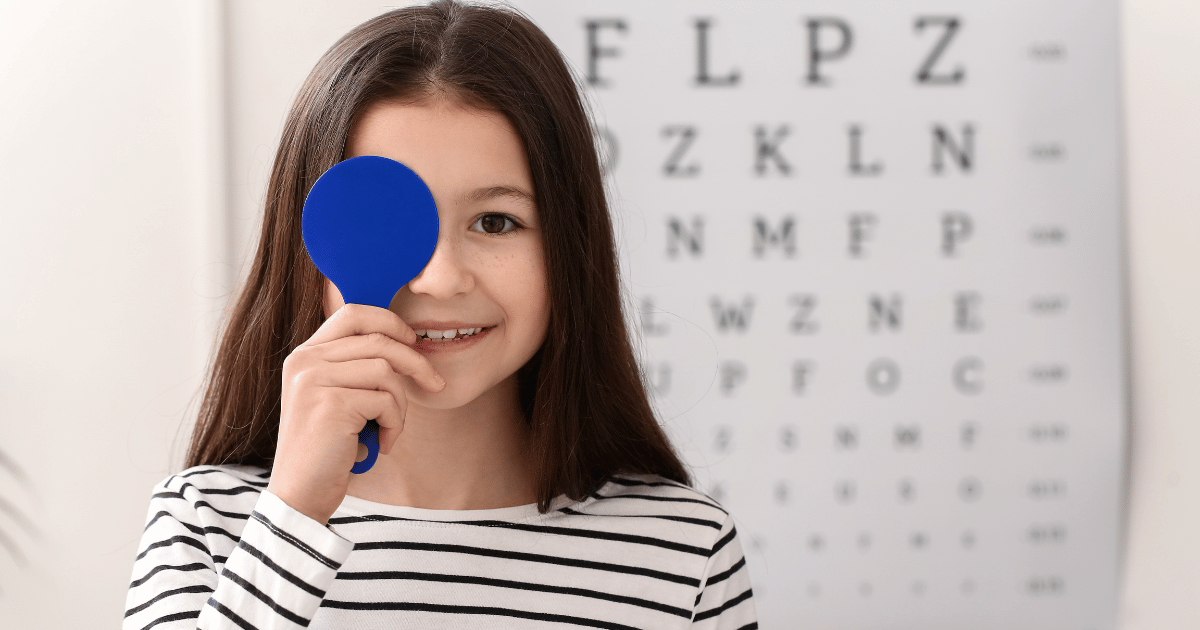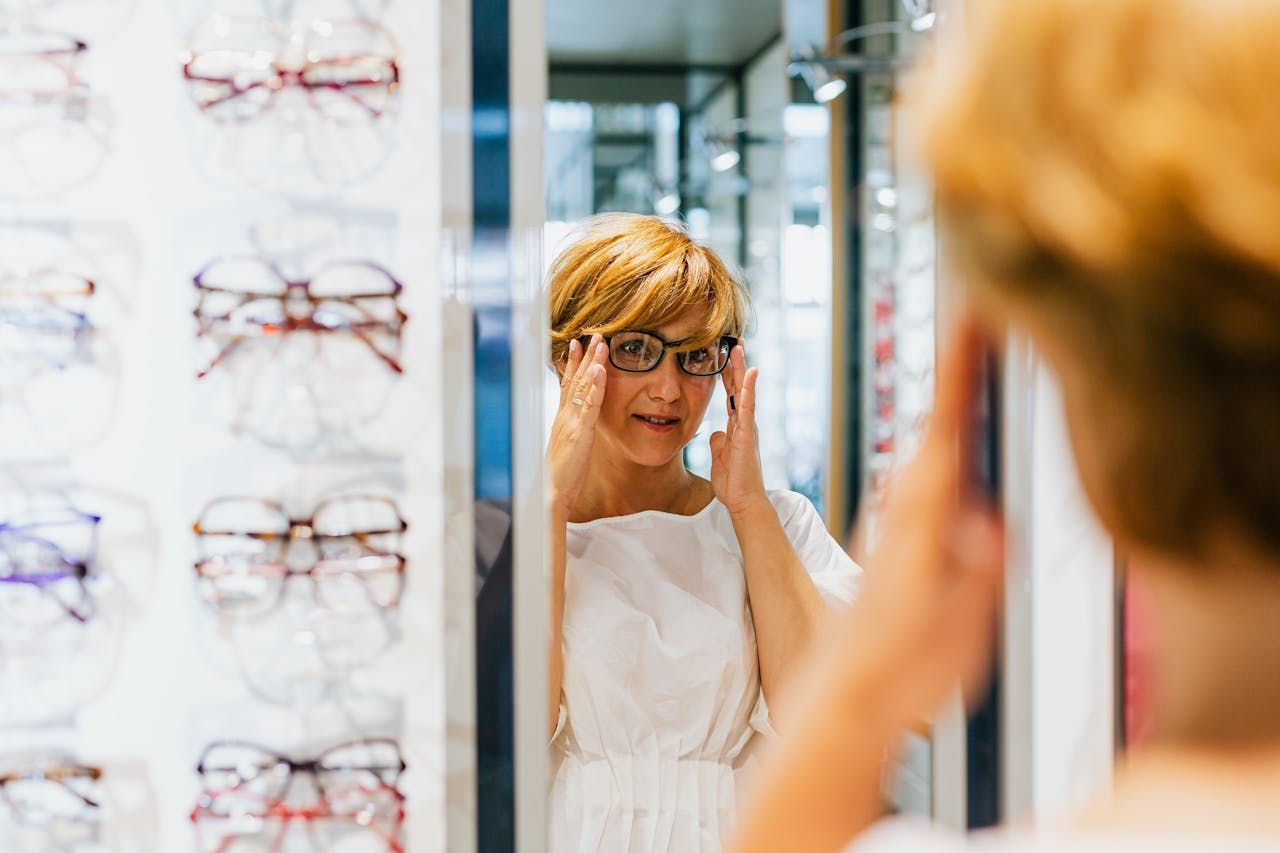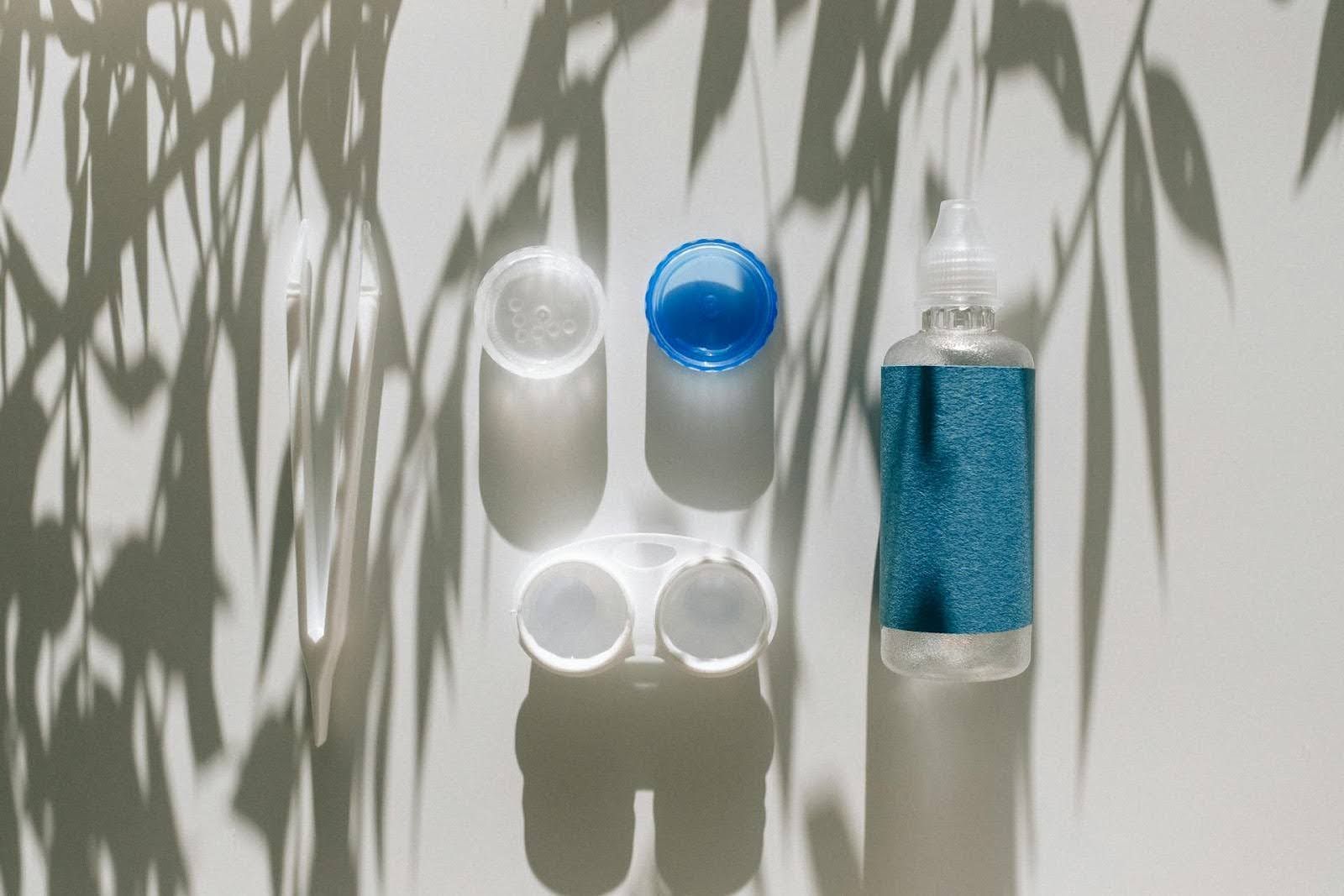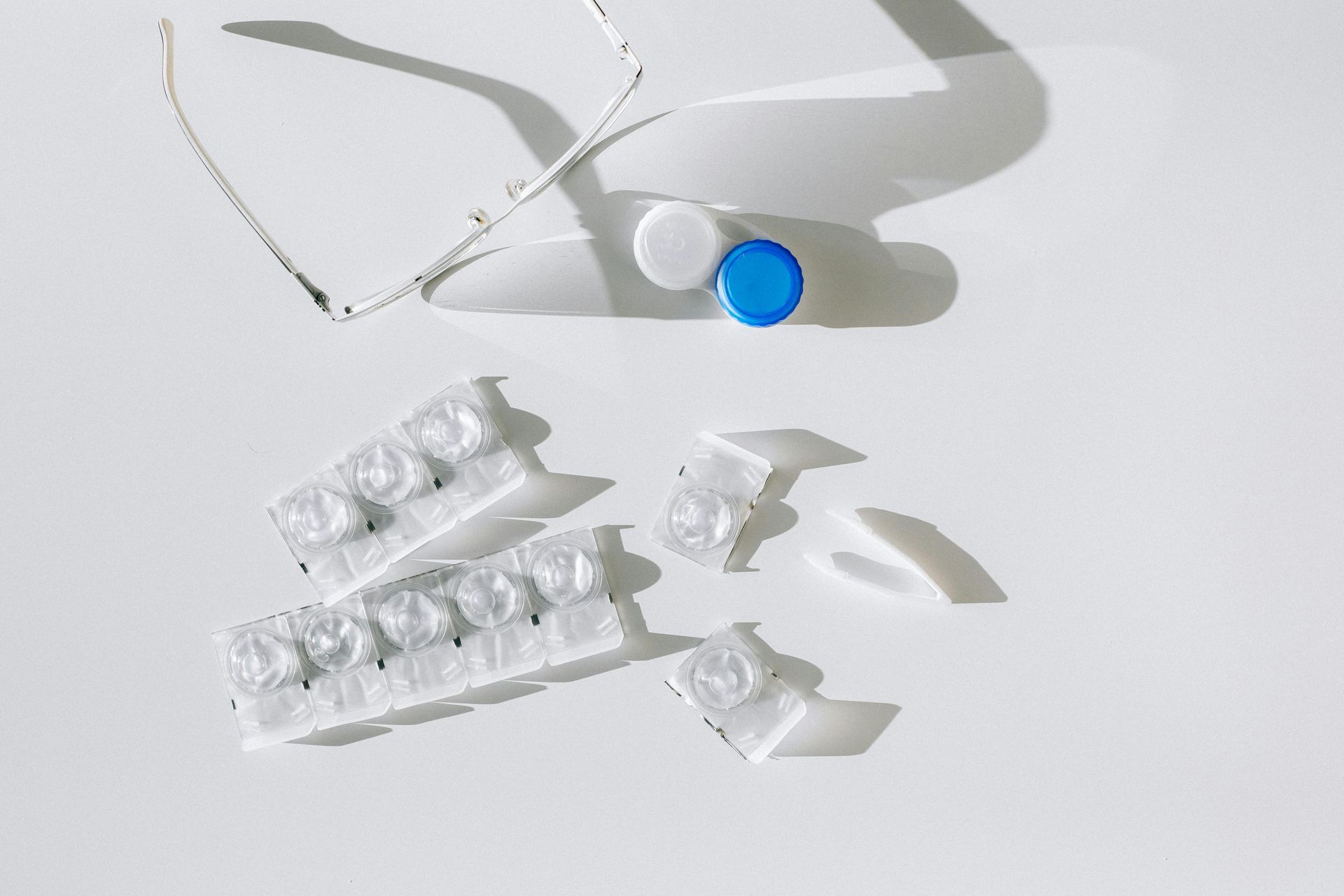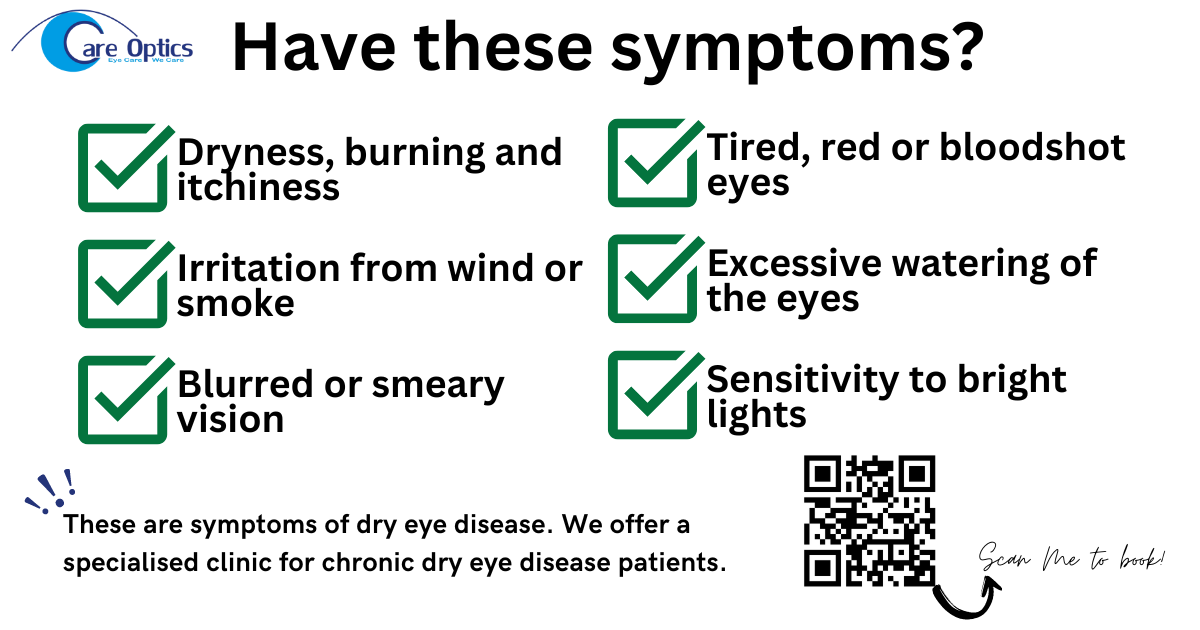ADHD Awareness Month
- By Monica Coelho
- •
- 10 Jan, 2023
- •
Raising Awareness on Attention Deficit Hyperactivity Disorder (ADHD) & Vision

October is the ADHD Awareness Month and with that we want to bring some information about what ADHD is and how it can affect someone's life.
What is ADHD?
ADHD stands for Attention Deficit Hyperactivity Disorder and it is defined as a mental health condition that affects the patient's brain and therefore the patients behaviour. Patients with ADHD often present the following symptoms:
- Fidgety;
- Hyperactivity;
- Incapacity of concentrating while reading/doing homework;
- Impulsivity;
- Easily bored;
- Distress by school work;
- Inability to sit/stay still;
- Trouble organising tasks and activities;
- Trouble listening when spoken to directly.
Sometimes parents pick up theses symptoms of ADHD in very young children, but keep in mind that even though your child may present symptoms of being hyperactive, easily distracted, impatient or impulsive, doesn't mean that the child has ADHD. Young children will slowly develop attention and self control as they grow up. As they're growing, if they cannot develop such skills and begin/continue to cause problems at school, home and with friends, it may be a good idea to talk to your doctor about ADHD.
What causes ADHD?
There is no one cause for ADHD. It seems to be a result of an interplay between genetic and environmental factors - with genetics being responsible for over 70% of all probability.
Is it ADHD or a Vision Problem?
There are two possible scenarios - children who are misdiagnosed with ADHD for having problems at school & children who do have ADHD and need glasses to help with their difficulties.
Children who cannot see properly because of a refractive error (Myopia, Astigmatism or Hyperopia) will often avoid reading, have difficulties concentrating and studying and have problems at school (cannot see the board or take longer to concentrate). These children may experience headaches, double vision and eye fatigue when doing these tasks, so they will avoid it at all cost and can even get agitated when we insist on them. If you think your child might be having any of these problems, make sure to book him in for an eye examination.
Children with ADHD will have a hard time concentrating during class times or while doing their homework. You might notice that your child may lose lines when reading and has to use the finger to help him keep place, reading accuracy and speed are below his/hers chronological age, misses out words or letters while reading, homework takes longer than it should, gets rapidly tired at school and often exhausted by the end of a school day, loss of concentration or attention span, etc. When theses symptoms happen, it might indicate that despite the ADHD condition, they might also need a specialist eye examination called SchoolVision which determines the reason for those symptoms. A SchoolVisionstudies the relationship between visual performance and the occupation of reading, therefore the test is more elaborate that a normal eye examination, taking usually 1 hour for the appointment only. Here in our website you will find a bar just for SchoolVision and a checklist you can do with your child to assess if there is any symptoms that you should be concerned about.
At Care Optics we have a SchoolVision specialist, so if you think your child may need this test, please contact us over email or telephone. We will be more than happy to book that appointment for you.
Care Optics - Eye Care, We Care
What is ADHD?
ADHD stands for Attention Deficit Hyperactivity Disorder and it is defined as a mental health condition that affects the patient's brain and therefore the patients behaviour. Patients with ADHD often present the following symptoms:
- Fidgety;
- Hyperactivity;
- Incapacity of concentrating while reading/doing homework;
- Impulsivity;
- Easily bored;
- Distress by school work;
- Inability to sit/stay still;
- Trouble organising tasks and activities;
- Trouble listening when spoken to directly.
Sometimes parents pick up theses symptoms of ADHD in very young children, but keep in mind that even though your child may present symptoms of being hyperactive, easily distracted, impatient or impulsive, doesn't mean that the child has ADHD. Young children will slowly develop attention and self control as they grow up. As they're growing, if they cannot develop such skills and begin/continue to cause problems at school, home and with friends, it may be a good idea to talk to your doctor about ADHD.
What causes ADHD?
There is no one cause for ADHD. It seems to be a result of an interplay between genetic and environmental factors - with genetics being responsible for over 70% of all probability.
Is it ADHD or a Vision Problem?
There are two possible scenarios - children who are misdiagnosed with ADHD for having problems at school & children who do have ADHD and need glasses to help with their difficulties.
Children who cannot see properly because of a refractive error (Myopia, Astigmatism or Hyperopia) will often avoid reading, have difficulties concentrating and studying and have problems at school (cannot see the board or take longer to concentrate). These children may experience headaches, double vision and eye fatigue when doing these tasks, so they will avoid it at all cost and can even get agitated when we insist on them. If you think your child might be having any of these problems, make sure to book him in for an eye examination.
Children with ADHD will have a hard time concentrating during class times or while doing their homework. You might notice that your child may lose lines when reading and has to use the finger to help him keep place, reading accuracy and speed are below his/hers chronological age, misses out words or letters while reading, homework takes longer than it should, gets rapidly tired at school and often exhausted by the end of a school day, loss of concentration or attention span, etc. When theses symptoms happen, it might indicate that despite the ADHD condition, they might also need a specialist eye examination called SchoolVision which determines the reason for those symptoms. A SchoolVisionstudies the relationship between visual performance and the occupation of reading, therefore the test is more elaborate that a normal eye examination, taking usually 1 hour for the appointment only. Here in our website you will find a bar just for SchoolVision and a checklist you can do with your child to assess if there is any symptoms that you should be concerned about.
At Care Optics we have a SchoolVision specialist, so if you think your child may need this test, please contact us over email or telephone. We will be more than happy to book that appointment for you.
Care Optics - Eye Care, We Care
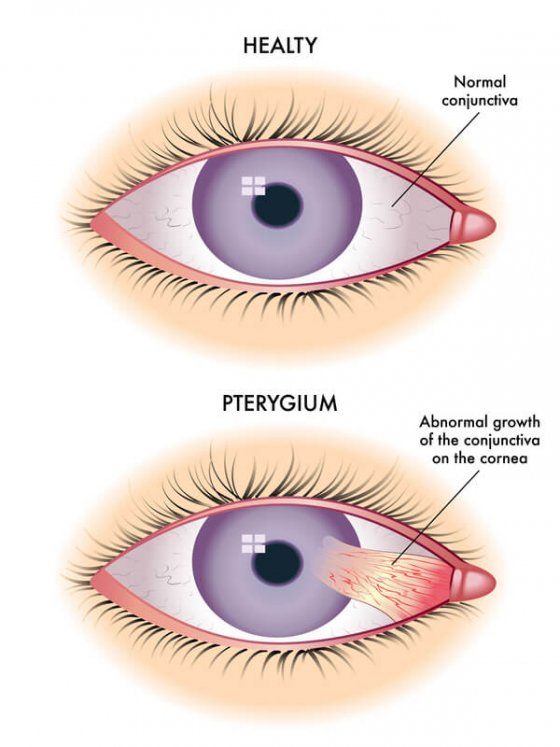
Also known as "Surfer's Eye", Pterygium is an elevated, wedged-shaped growth from the lining of the eyelid onto the cornea. Although is benign, the growth itself can permanently disfigure the eye, reduce significantly the eyesight or even cause blindness. It became known as "Surfer's eye" because it is usually a consequence of being exposed to bright sun for long hours, specially by the water or snow - which reflects the UV rays to your eyes.
Causes
As written above, UV exposure seems to be one of the main reasons for Pterygium development, but wind and dust can also cause it as this leads to Dry Eye Disease, which by consequence will lead to this condition. Genetics may also play an important part, as some people seem to be more at risk than others.
Signs & Symptoms
Pterygium usually appears on the side of your eye that is closest to the nose, but it can also appear on the other sometimes. It is common to have it in one eye only, although sometimes it may appear on both eyes.
There are people who don't experience any symptoms or require treatment in the beginning, but as the growth develops, there can be redness, gritty, itchy or burning sensation, the eyes can become irritated and even swollen.
When the Pterygium starts to invade the cornea, it distorts the shape of the front of the eye, causing the curve of the cornea to change, leading then to refractive errors (Astigmatism in most cases).
Treatment
The treatment depends on the size of the Pterygium itself. If it's just a small growth, your Optometrist/Ophthalmologist can advise the patient on lubricants (eye drops or gels) to temporary reduce symptoms like redness, swelling, itchy or gritty felling.
If the Pterygium is more advanced, the only option is then surgery.
How to avoid it
As previously said, UV radiation and exposure seems to be one of the main reason leading to Pterygium. For that you have the perfect solution that is available for everyone - sunglasses . A good pair of sunglasses will filter the UV rays, giving you a sharper vision but also protecting you from conditions like Pterygium, Cataracts, Glaucoma, etc. Make sure to buy your sunglasses from a Optician instead of a shop non-related to eye care. A good pair of sunglasses should have UVA, UVB and UVC protection, and usually those shops will only have one of those protections - or even none.
We remind you that if you have any of these symptoms or any other, if you need to book an appointment or if you have any queries, please contact us over phone or email. We will be very happy to help you.
Keep in mind: At Care Optics - Eye Care, We Care
Causes
As written above, UV exposure seems to be one of the main reasons for Pterygium development, but wind and dust can also cause it as this leads to Dry Eye Disease, which by consequence will lead to this condition. Genetics may also play an important part, as some people seem to be more at risk than others.
Signs & Symptoms
Pterygium usually appears on the side of your eye that is closest to the nose, but it can also appear on the other sometimes. It is common to have it in one eye only, although sometimes it may appear on both eyes.
There are people who don't experience any symptoms or require treatment in the beginning, but as the growth develops, there can be redness, gritty, itchy or burning sensation, the eyes can become irritated and even swollen.
When the Pterygium starts to invade the cornea, it distorts the shape of the front of the eye, causing the curve of the cornea to change, leading then to refractive errors (Astigmatism in most cases).
Treatment
The treatment depends on the size of the Pterygium itself. If it's just a small growth, your Optometrist/Ophthalmologist can advise the patient on lubricants (eye drops or gels) to temporary reduce symptoms like redness, swelling, itchy or gritty felling.
If the Pterygium is more advanced, the only option is then surgery.
How to avoid it
As previously said, UV radiation and exposure seems to be one of the main reason leading to Pterygium. For that you have the perfect solution that is available for everyone - sunglasses . A good pair of sunglasses will filter the UV rays, giving you a sharper vision but also protecting you from conditions like Pterygium, Cataracts, Glaucoma, etc. Make sure to buy your sunglasses from a Optician instead of a shop non-related to eye care. A good pair of sunglasses should have UVA, UVB and UVC protection, and usually those shops will only have one of those protections - or even none.
We remind you that if you have any of these symptoms or any other, if you need to book an appointment or if you have any queries, please contact us over phone or email. We will be very happy to help you.
Keep in mind: At Care Optics - Eye Care, We Care

February is AMD and Low Vision Awareness Month, a crucial time to focus on eye health and early detection of vision-threatening conditions. Learn about Age-Related Macular Degeneration (AMD), low vision solutions, and how to protect your sight with expert eyecare at Care Optics in Woodford and Dagenham. Take advantage of our special offers, including 20% off eyewear every Wednesday and discounted eye exams for over-60s before 1pm. Book your appointment today and prioritise your vision health!
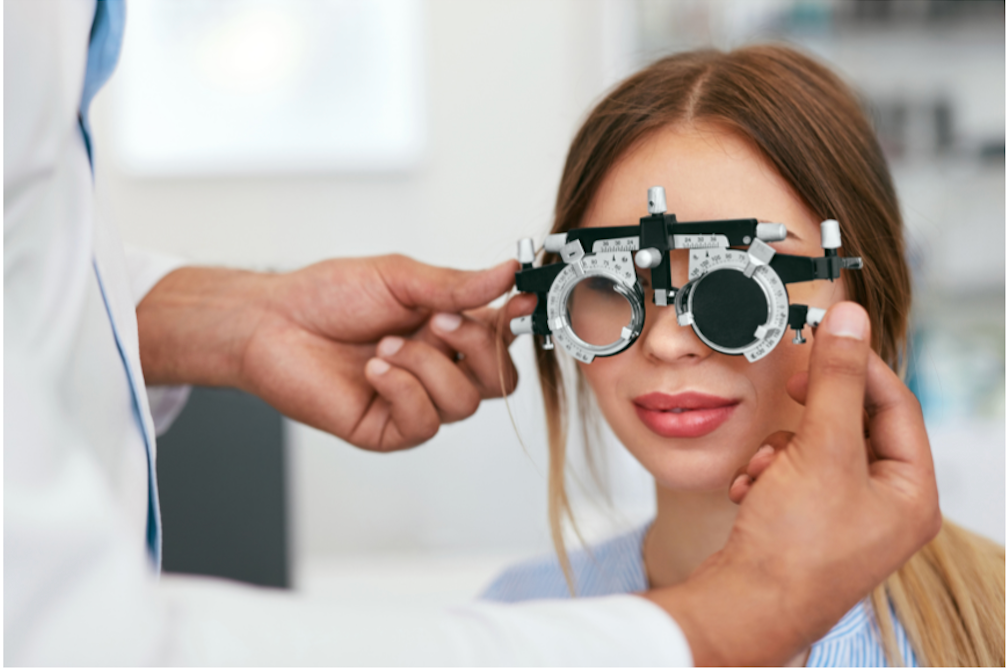
Regular eye examinations are essential for maintaining good vision and detecting potential eye health issues early. At Care Optics, we provide advanced eyecare services in Woodford and Dagenham, including OCT scans, varifocals, and myopia control. Plus, take advantage of our special offers—20% off frames, lenses, and sunglasses every Wednesday, and discounted eye exams for over-60s before 1pm. Book your appointment today for expert eye care and clear vision!
